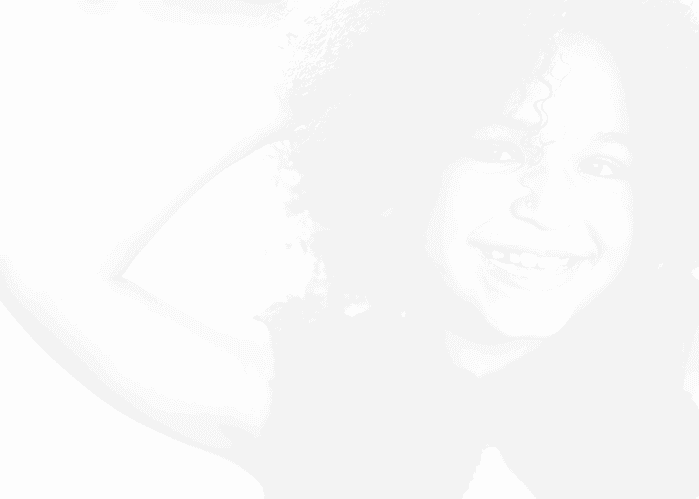What is an overbite? An overbite is a prevalent dental condition where the upper front teeth significantly overlap the lower front teeth. This misalignment can result from various factors, including genetics, thumb sucking, tongue thrusting, or prolonged pacifier use













Call us for a free consult!
You've got a lot to smile about.
Both children and adults can be affected by an overbite, and if left untreated, it can lead to dental issues such as tooth wear, jaw pain, and difficulty chewing.
In this comprehensive guide, we will delve into the overview of overbites, what causes an overbite, their symptoms and diagnosis, management and treatment options, as well as prevention techniques. Our goal is to provide you with valuable insights to better understand this condition and its potential impact on your oral health.
Overview
An overbite, also known as a deep bite, occurs when the upper front teeth overlap excessively with the lower front teeth. The severity of an overbite can vary from slight to pronounced. In a normal bite, the upper front teeth slightly overlap the lower front teeth, but in an overbite, this overlap is significantly increased.
Several common causes contribute to overbites. Genetics play a primary role, as the condition can be inherited from parents or other family members. Other factors include prolonged thumb sucking or pacifier use during childhood, tongue thrusting, and certain jaw irregularities.
Overbites can significantly impact dental health. When the upper front teeth protrude too far over the lower front teeth, it can cause problems such as difficulty in chewing and speaking, an increased risk of tooth decay, and gum issues. Additionally, the excessive pressure on the front teeth can lead to quicker wear, making them more susceptible to fractures or other dental injuries.
Symptoms and Diagnosis
An overbite is a dental condition where the upper front teeth overlap significantly with the lower front teeth when biting down. This misalignment can lead to various symptoms and typically requires a professional diagnosis.
Signs and symptoms of an overbite include:
- Protruding upper front teeth: One of the most noticeable signs is when the upper front teeth stick out prominently over the lower teeth.
- Difficulty biting and chewing: Overbites can interfere with proper biting and chewing, leading to discomfort and potential jaw issues.
- Speech problems: Severe overbites may cause difficulty in pronouncing certain sounds or words.
- Facial imbalance: In extreme cases, an overbite can cause an imbalance in facial features, affecting the overall appearance.
To diagnose an overbite, orthodontists use various tests and examinations. During a comprehensive dental exam, the orthodontist will:
- Take dental impressions or digital models: Creating a mold of your teeth or a digital representation to assess the severity of the overbite.
- Perform X-rays: Evaluating the position of the teeth and determining the extent of the overbite through X-rays.
- Conduct a bite analysis: Assessing how the upper and lower teeth fit together when biting down.
Based on the diagnosis, the orthodontist will recommend an appropriate treatment plan to correct the overbite and improve dental alignment.
Management and Treatment
Overbites, also known as malocclusions, occur when the upper front teeth overlap significantly with the lower front teeth. This misalignment can lead to various dental and oral health issues if left untreated. Fortunately, several orthodontic treatment options are available to correct overbites and enhance your smile.
Braces and aligners are common orthodontic appliances used to correct overbites. Traditional braces consist of metal brackets and wires that apply gentle pressure to gradually shift the teeth into proper alignment. They are highly effective in correcting even severe overbites.
For those seeking a more discreet option, clear aligners like Invisalign can be an excellent choice. These custom-made, removable aligners gradually move the teeth into their ideal position. Invisalign aligners are virtually invisible and offer more flexibility than traditional braces.
Aside from braces and aligners, other non-invasive treatment methods are available for managing overbites. These may include the use of orthodontic elastics, which help correct the alignment of the jaw and teeth. Additionally, orthodontic headgear can be used in certain cases to modify the growth of the jaw and improve the overbite.
It’s essential to consult with an experienced orthodontist to determine the best treatment option for your specific overbite. They will assess your condition and provide a personalized treatment plan to achieve optimal results. Remember, early intervention is crucial to preventing further complications and achieving a healthy, confident smile.
Prevention
Preventing overbites is essential for maintaining dental health and promoting a beautiful smile. Here are some tips to help you prevent overbites:
- Avoid thumb sucking: Thumb sucking is a common habit among children that can contribute to the development of overbites. Encourage your child to stop sucking their thumb by finding alternative ways to comfort them.
- Limit pacifier use: Prolonged pacifier use can also lead to overbites. What is the cause of an overbite? If your child uses a pacifier, try to wean them off it by gradually reducing its use over time.
- Be mindful of lifestyle habits: Certain lifestyle habits can contribute to the development of overbites. Avoid biting your nails or chewing on hard objects like pens or ice, as these habits can put unnecessary pressure on your teeth.
By following these preventive measures, you can reduce the risk of developing an overbite and maintain optimal dental health. If you have concerns about your bite or need orthodontic treatment, consult with an experienced orthodontist who can provide personalized guidance and treatment options on what causes overbite.









